Losing a pet is heart-wrenching and the silence they leave behind can feel deafening. If you’re thinking about when it might be right to welcome a new pet into your life, here are 15 considerations to guide you through this delicate decision.
1. Grieve Fully

Allow yourself to fully experience the grief. It’s important not to rush into getting a new pet as a way to avoid dealing with your loss.
2. Everyone Heals Differently

Remember, everyone’s grief timeline is different. Don’t feel pressured by how quickly or slowly others think you should move on.
3. Consider Your Remaining Pets
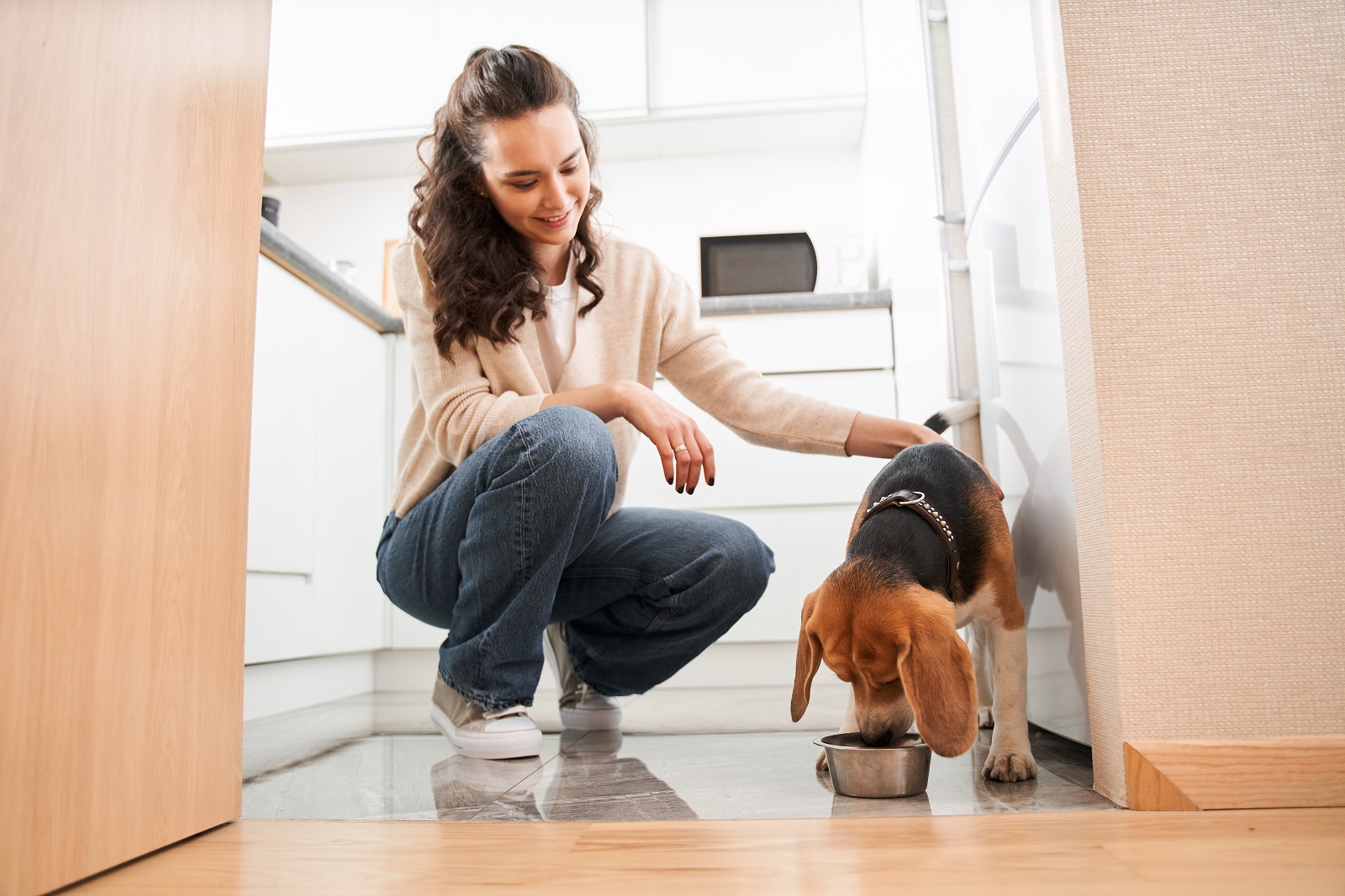
If you have other pets, observe how they are coping. They can also experience grief and may not be ready for a new companion.
4. Honour Your Previous Pet
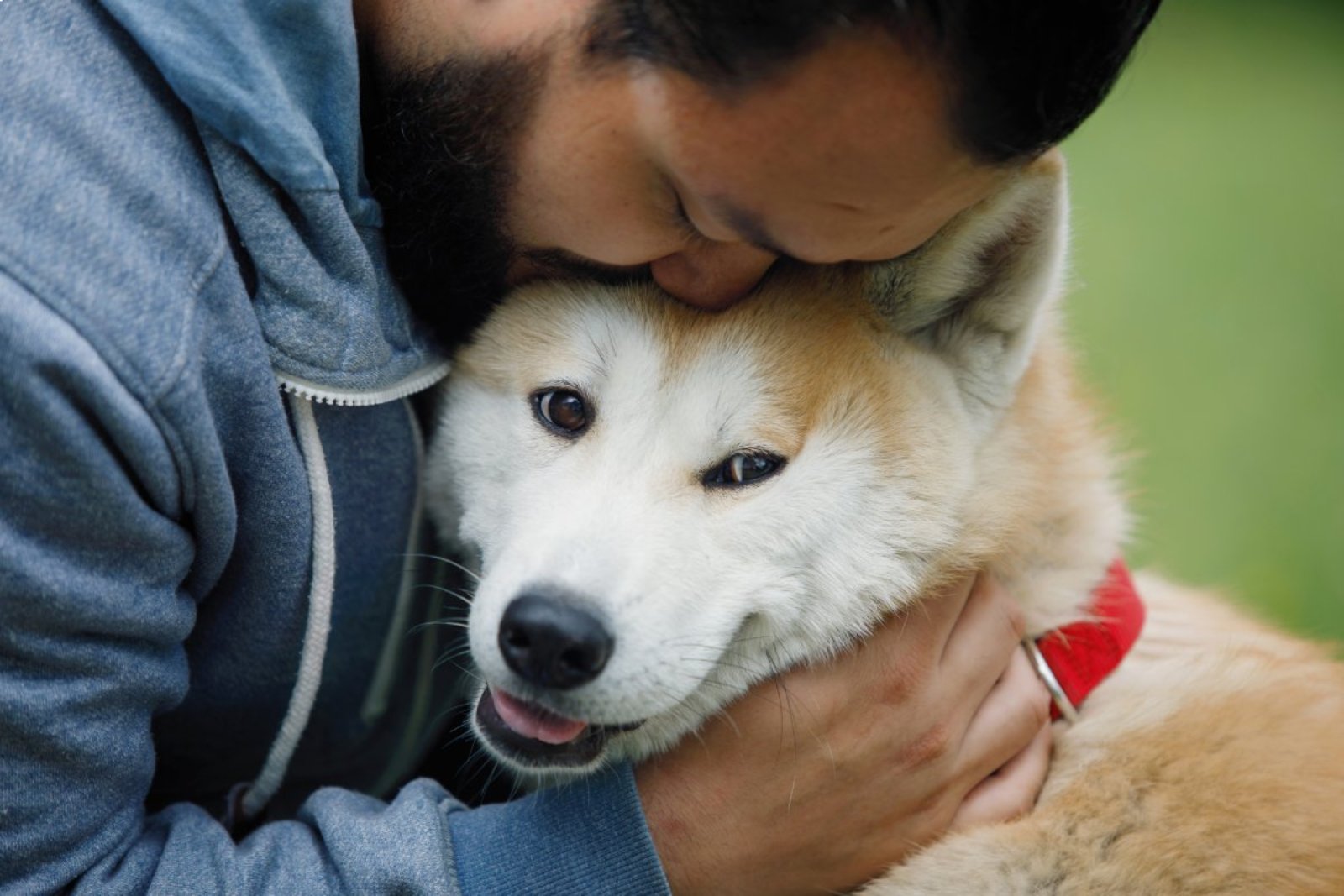
Think about ways to honour your previous pet’s memory. Sometimes, adopting a new pet too soon can feel like you’re trying to replace them, which is never the case.
5. Emotional Stability
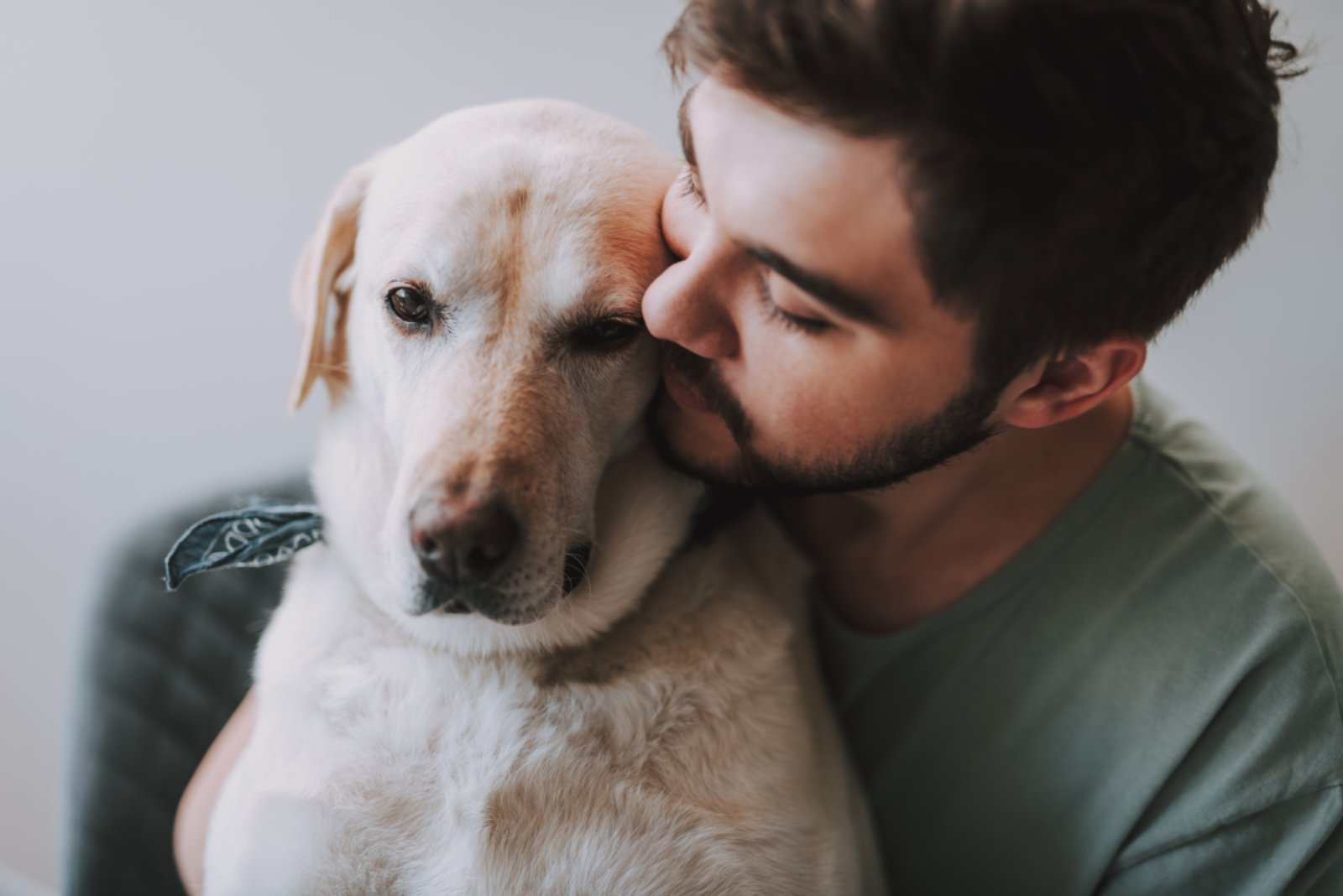
Ensure you’re emotionally stable enough to handle the needs of a new pet. They deserve a home where their emotional and physical needs can be fully met.
6. Time Constraints
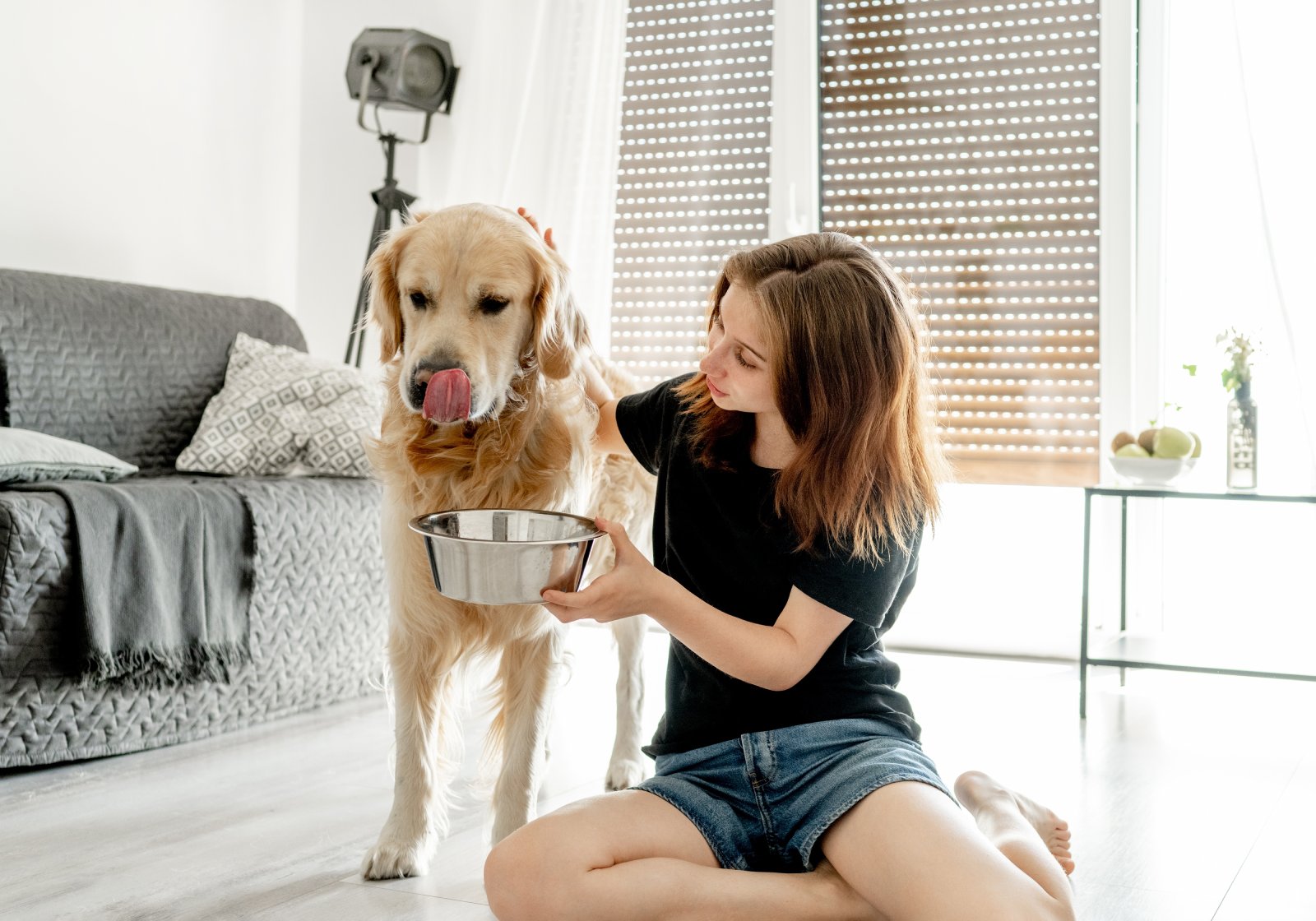
Evaluate your current time commitments. A new pet requires a lot of time and attention, especially in the beginning as they adjust to a new home.
7. Financial Responsibility
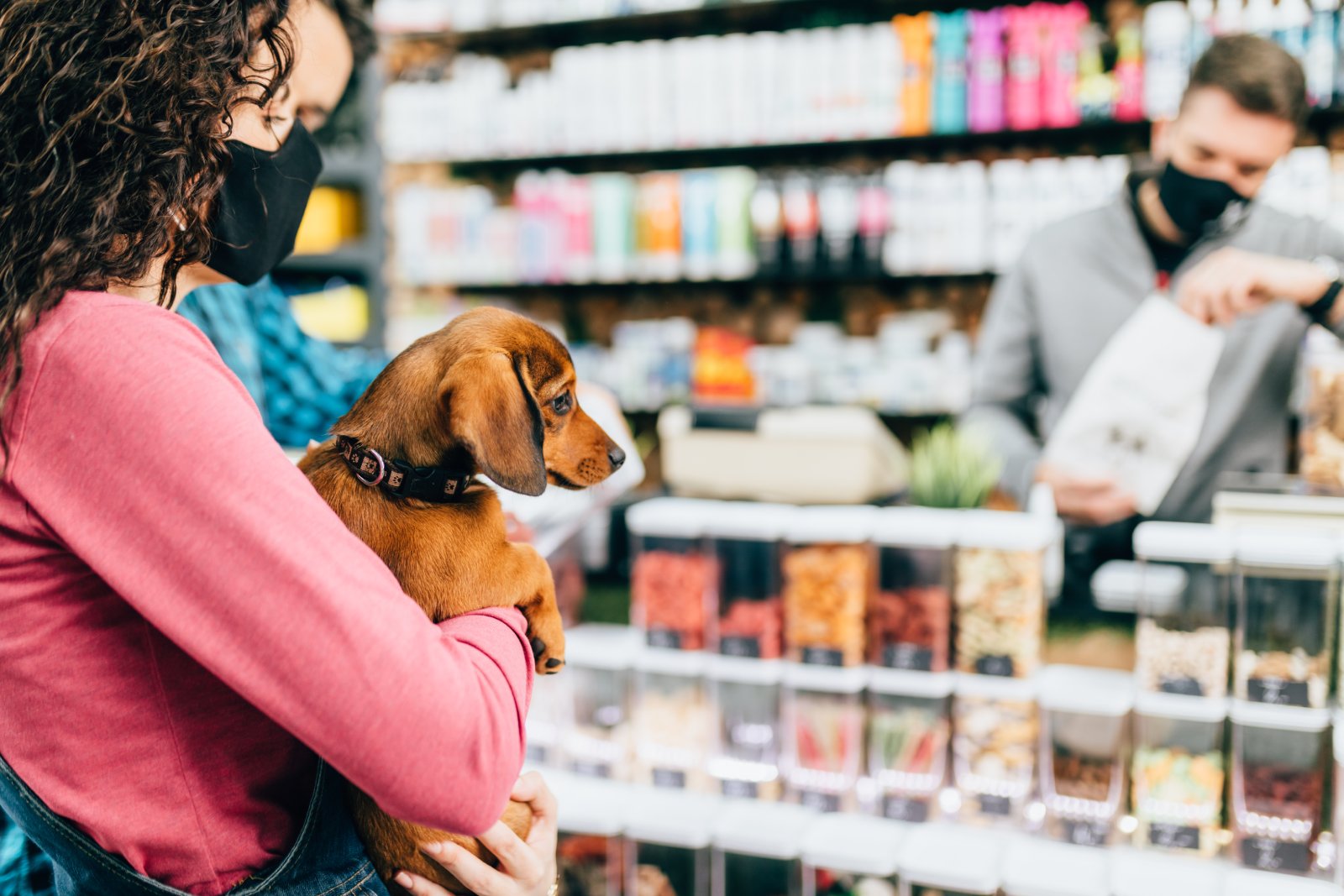
Consider whether you are currently in a position to take on the financial responsibility of another pet. This includes vet visits, food, and other care needs.
8. Family Readiness

Check in with your family or housemates. Everyone who lives with the new pet should feel ready for the addition to your home.
9. Learning from the Past

Reflect on your previous pet care experiences. What would you do differently? Ensure you can apply these lessons with a new pet.
10. Type of Pet
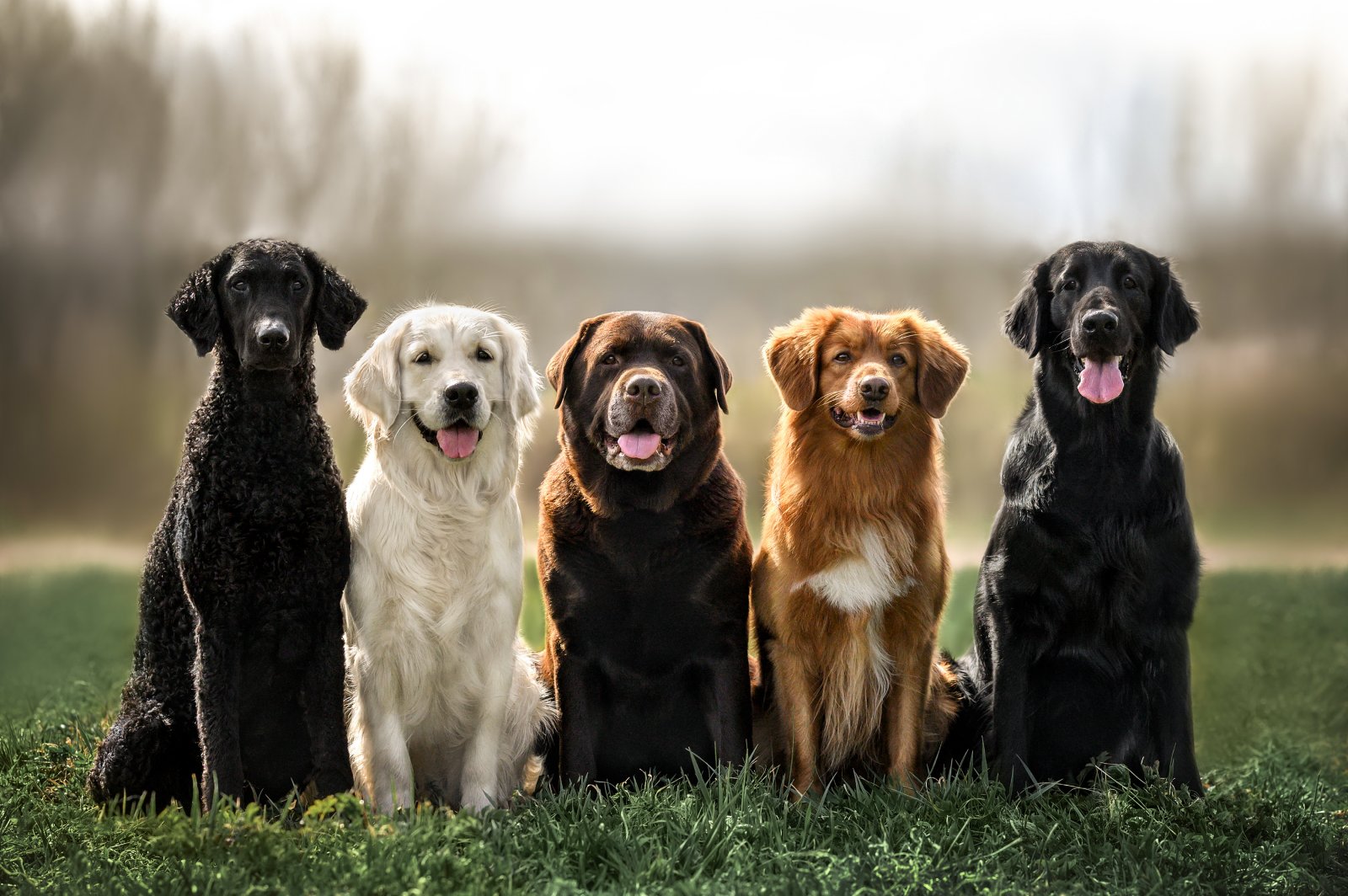
Decide if you want the same type of pet or if a different type might suit your current lifestyle better. Sometimes a change can be refreshing.
11. Visit Shelters
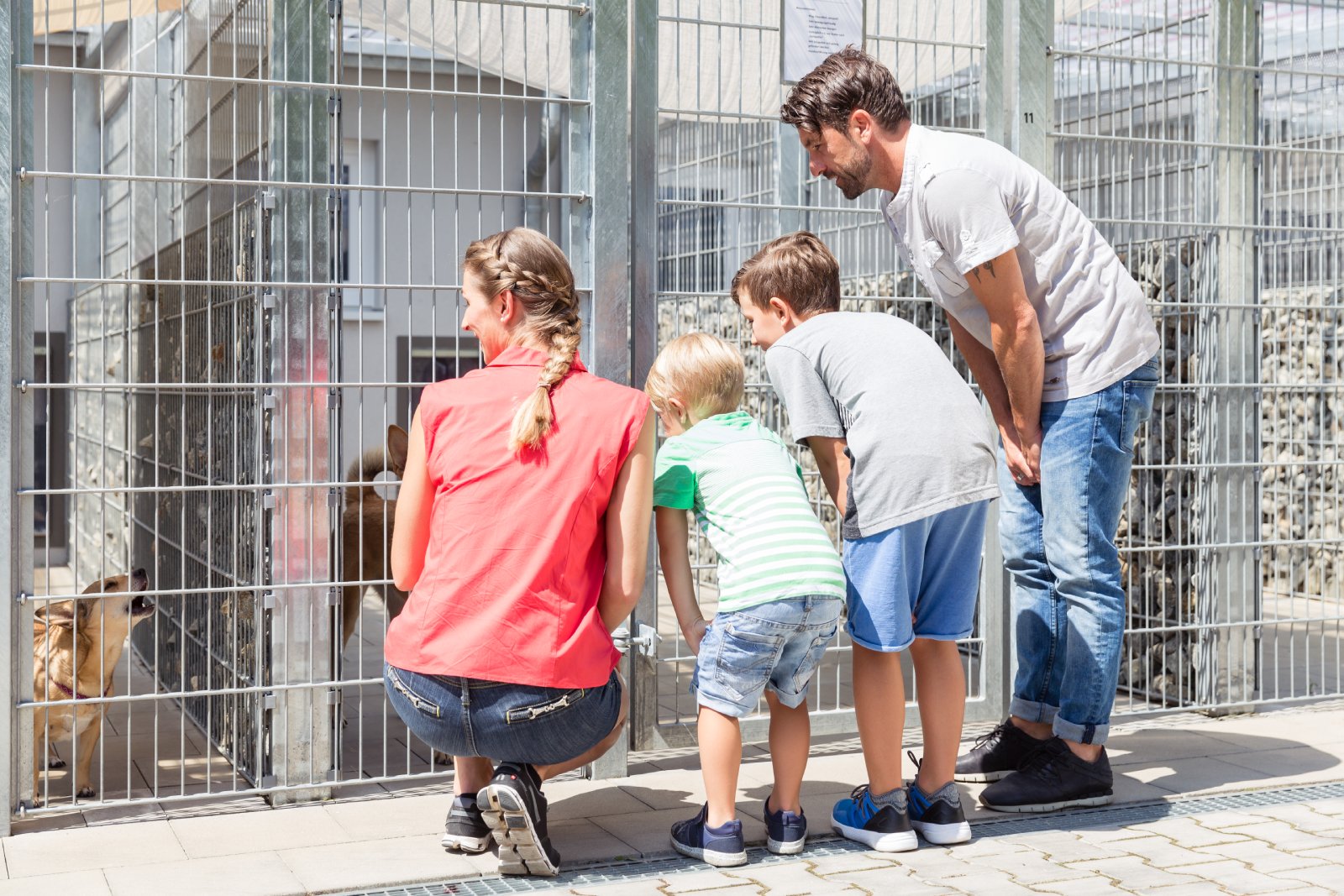
Start visiting shelters to see how you react to other animals. If you feel joy and excitement, it might be a sign that you’re ready.
12. Avoid Impulse Decisions
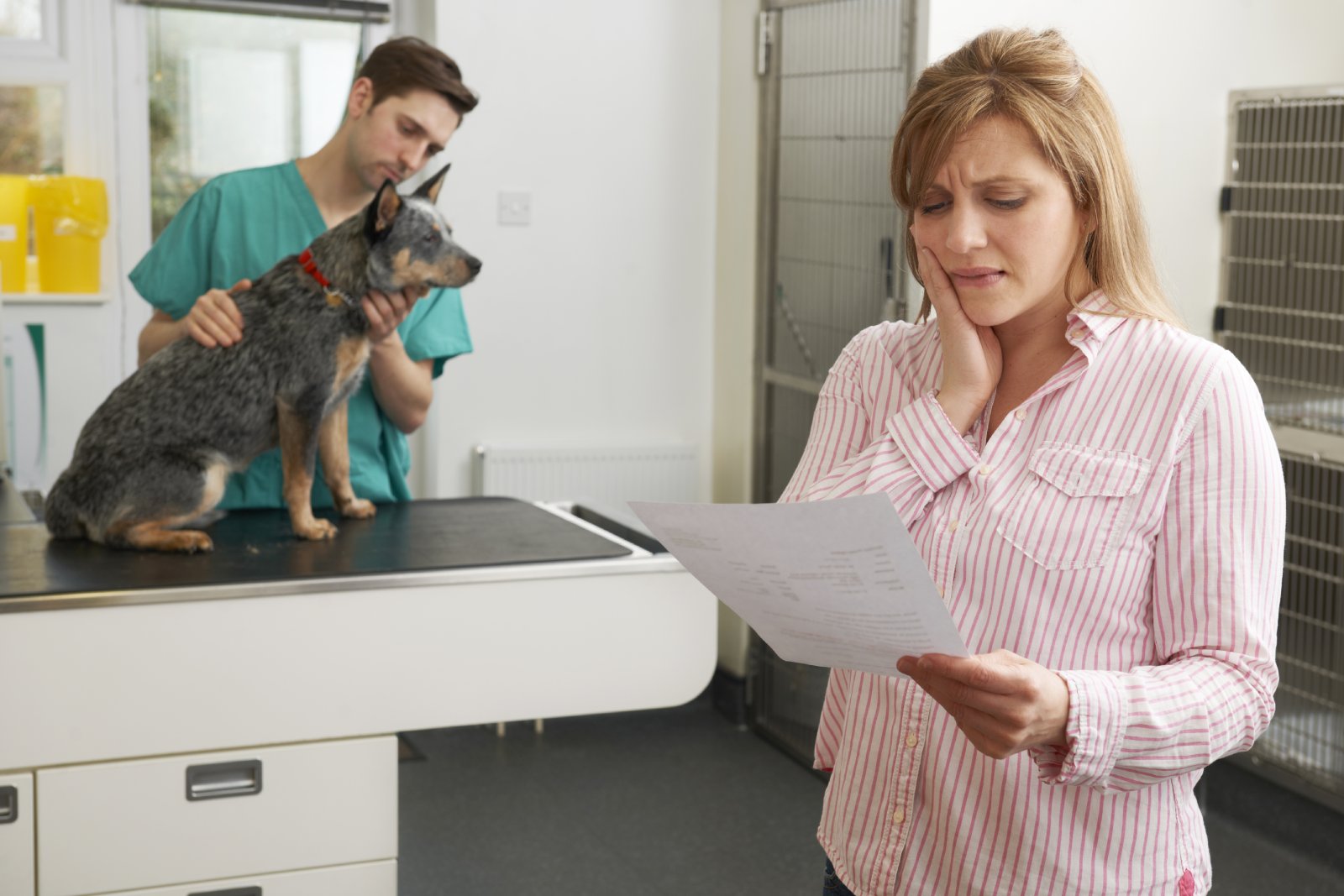
Resist making an impulse decision to adopt. It’s easy to let emotions lead you, but careful consideration is crucial.
13. Space in Your Home

Ensure you have the physical space for a new pet. This is particularly important if you’re considering adopting a larger dog.
14. Long-term Commitment

Remember, adopting a pet is a long-term commitment. Think about your plans for the next 10-15 years to ensure a pet fits into your life.
15. Trust Your Feelings

Lastly, trust your gut. You know yourself best, and if it feels too soon, it probably is. If it feels right, you could be ready to bring joy into your life again with a new companion.
Sorry for Your Loss

Deciding when to adopt a new pet after losing one is a profoundly personal decision, fraught with emotional complexity. Take it one step at a time, and make sure that when you do choose to adopt, it’s with the confidence that you are ready to love and care for a new furry friend.
The post When to Adopt a New Pet After the Death of a Pet first appeared on PawShore.
Featured Image Credit: Shutterstock / Yuliya Evstratenko.
For transparency, this content was partly developed with AI assistance and carefully curated by an experienced editor to be informative and ensure accuracy.

